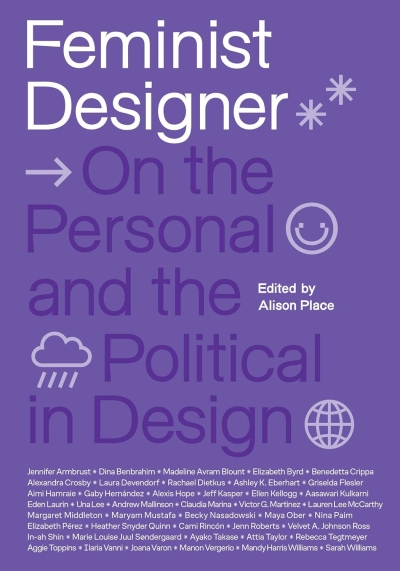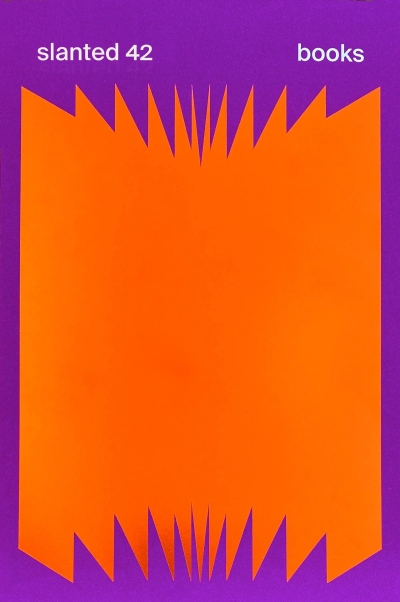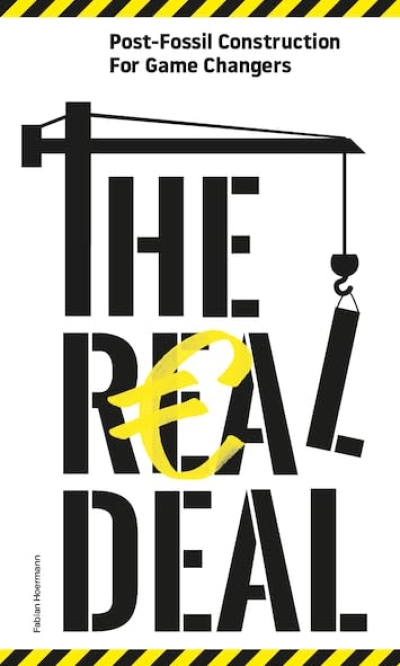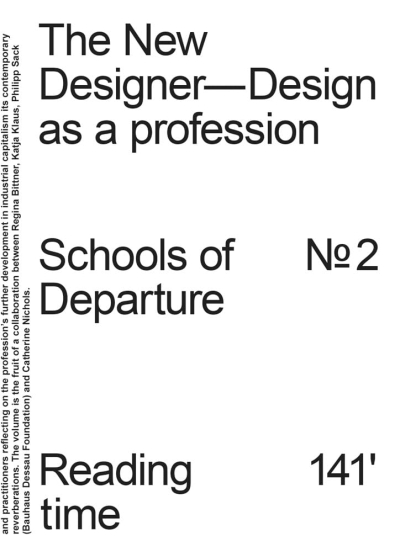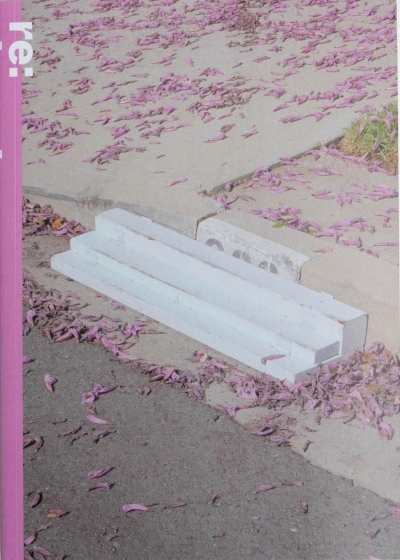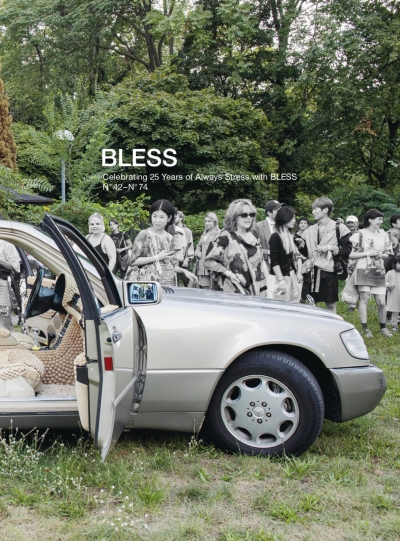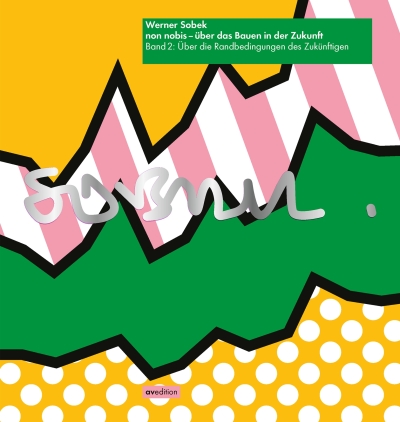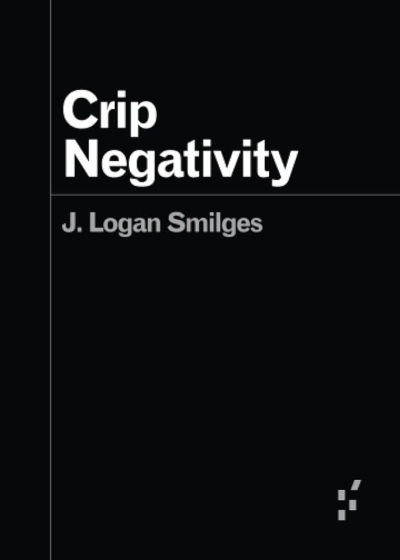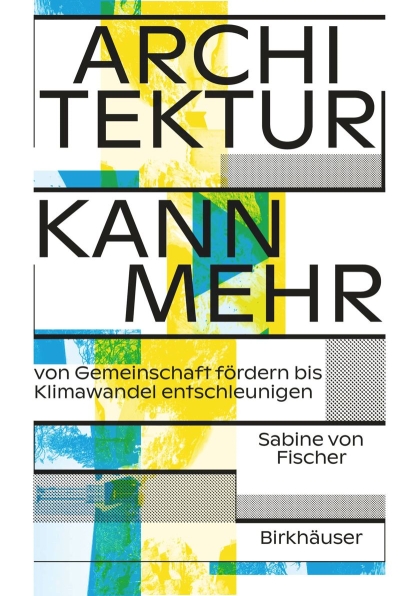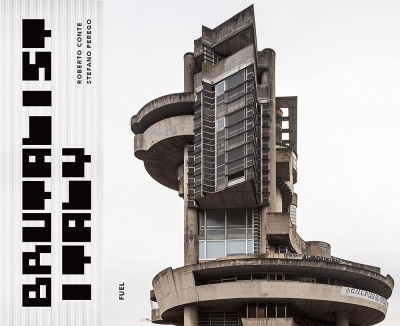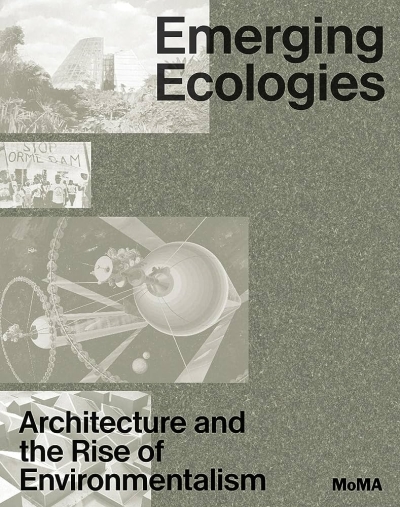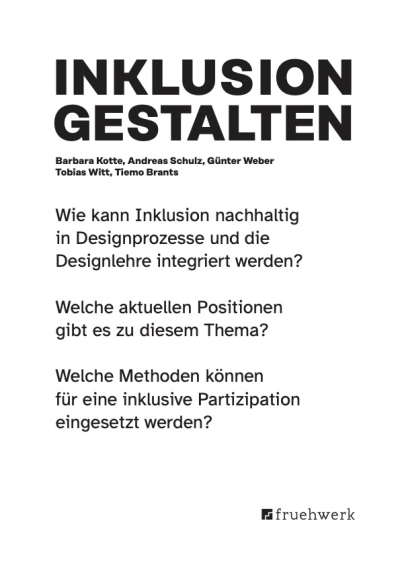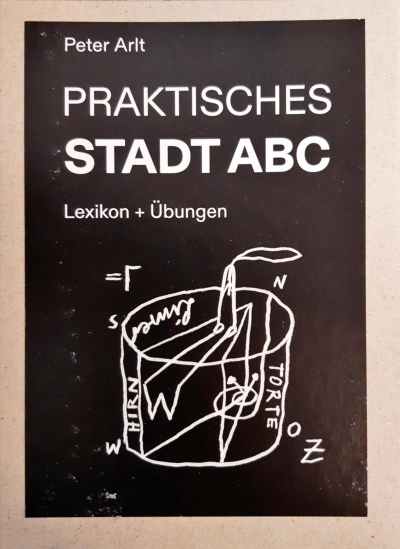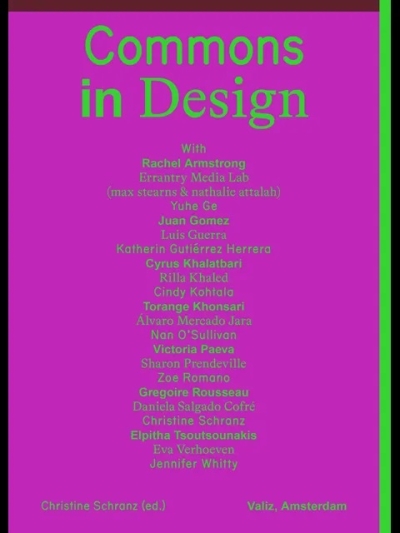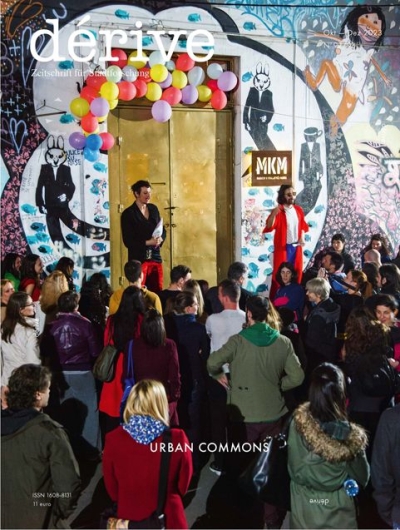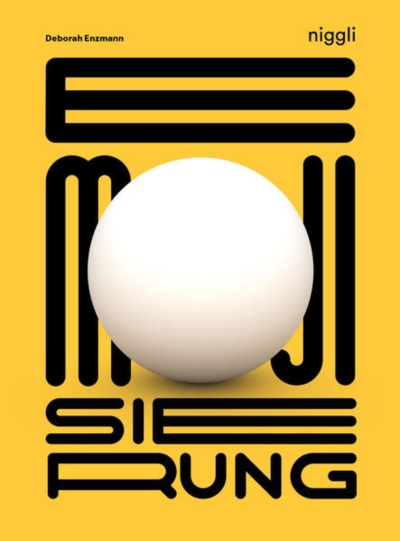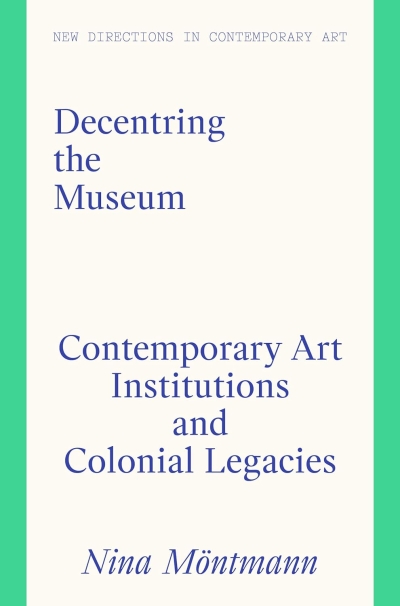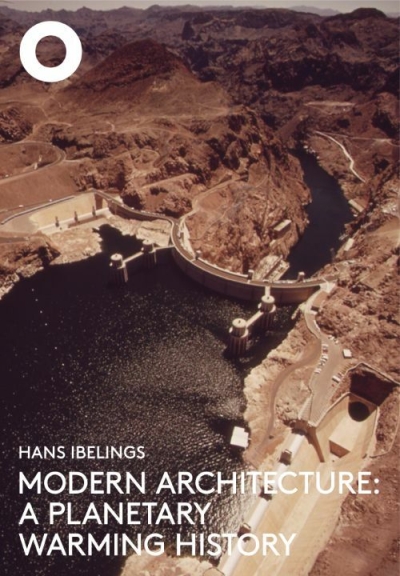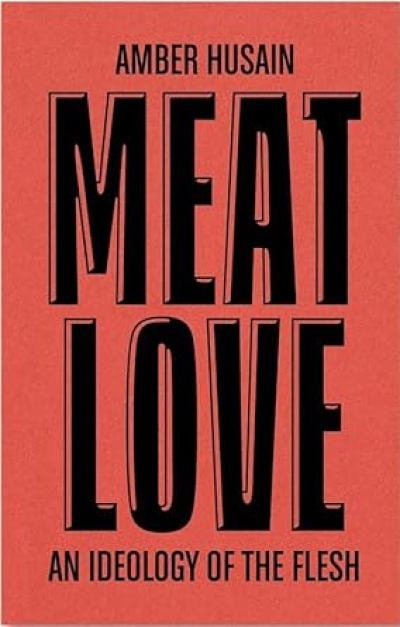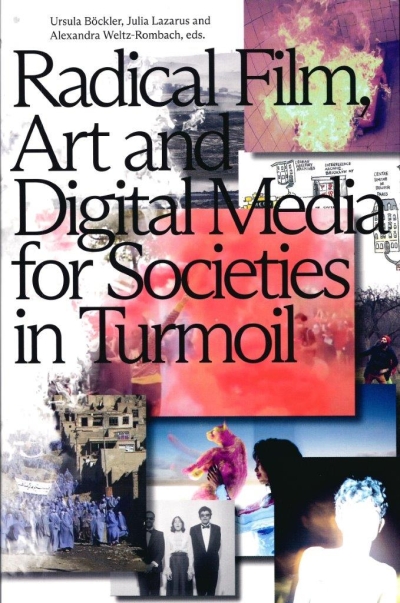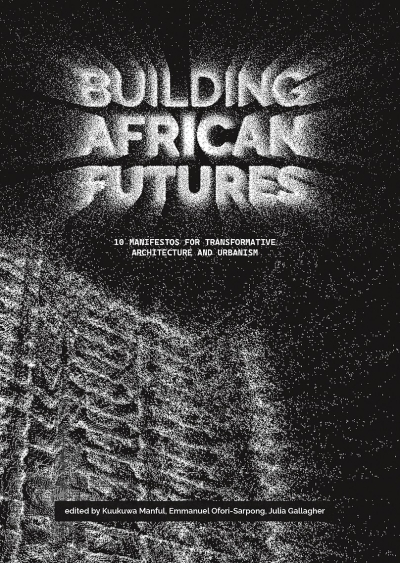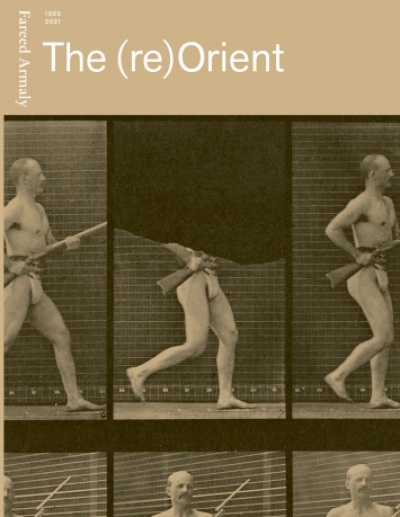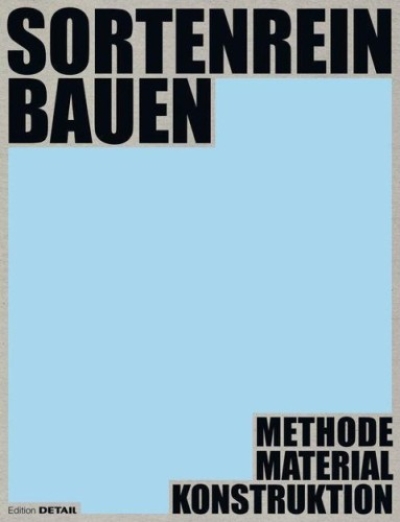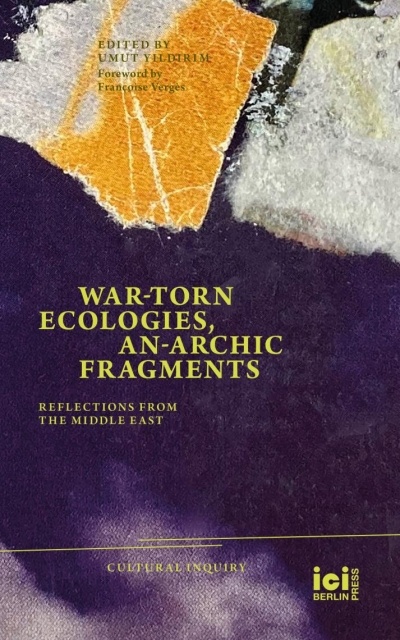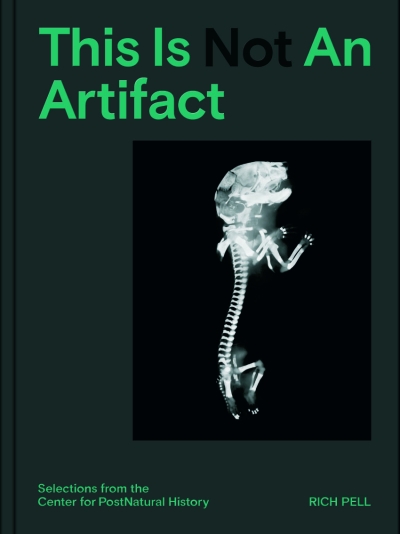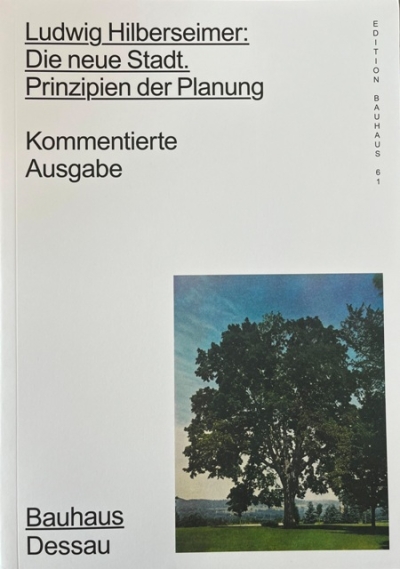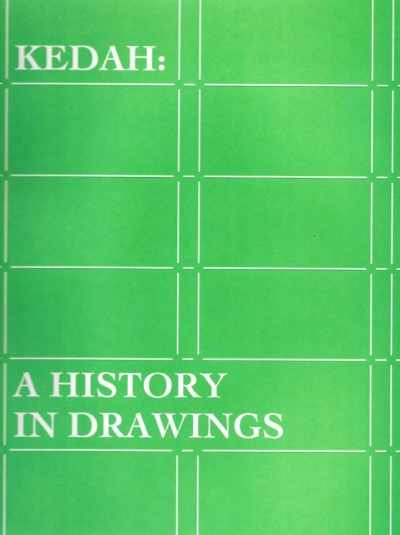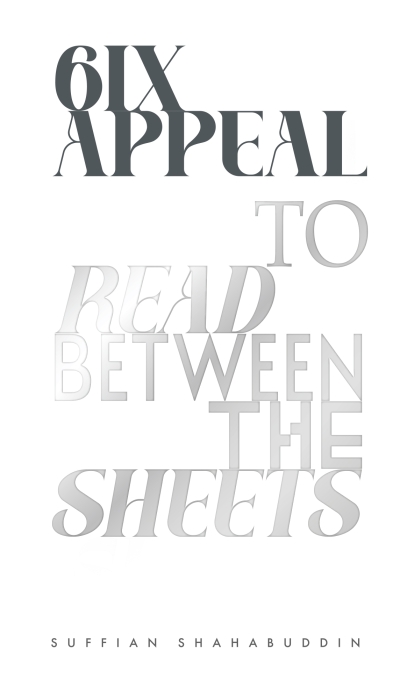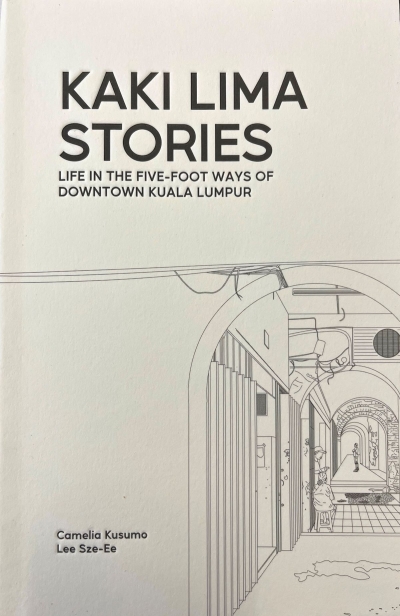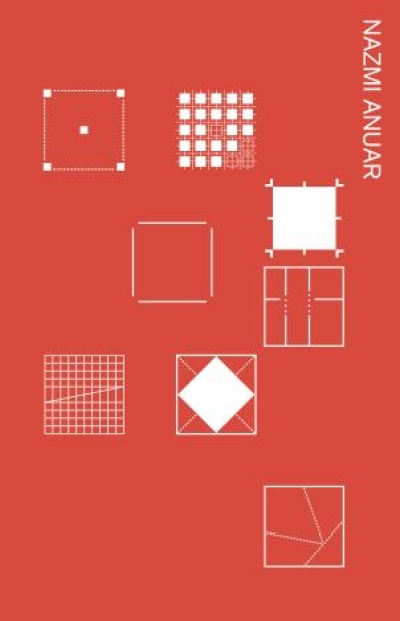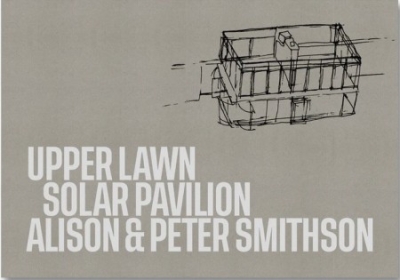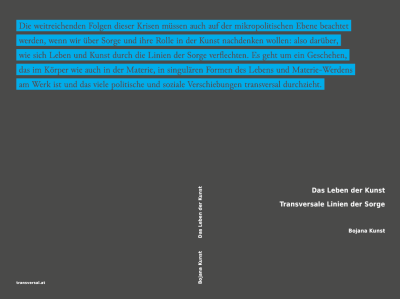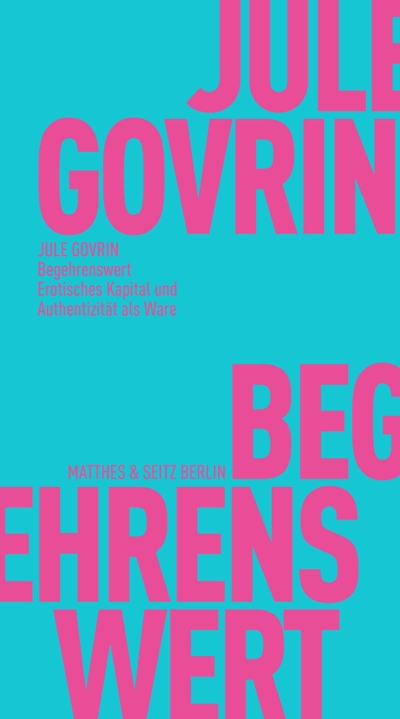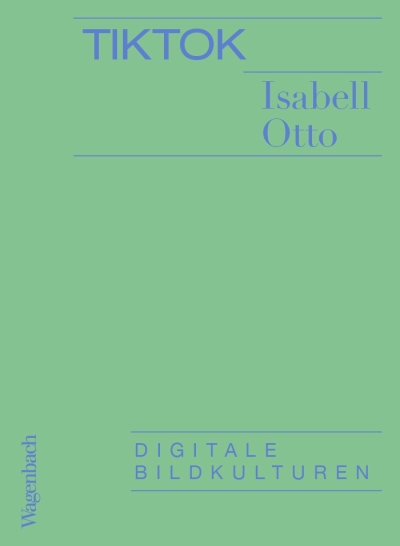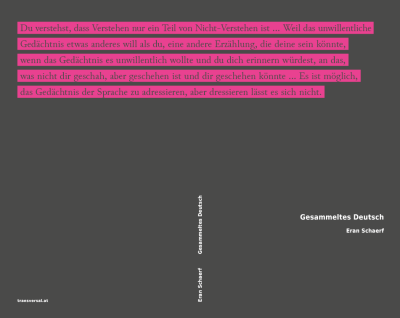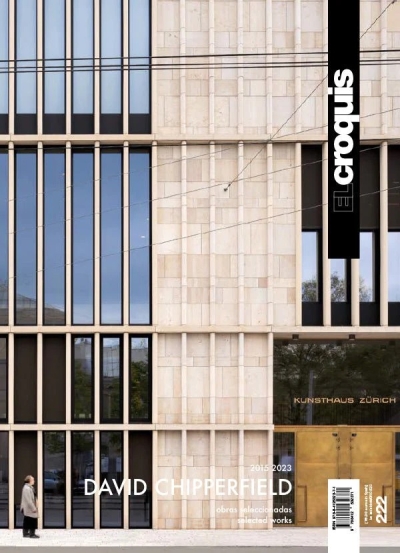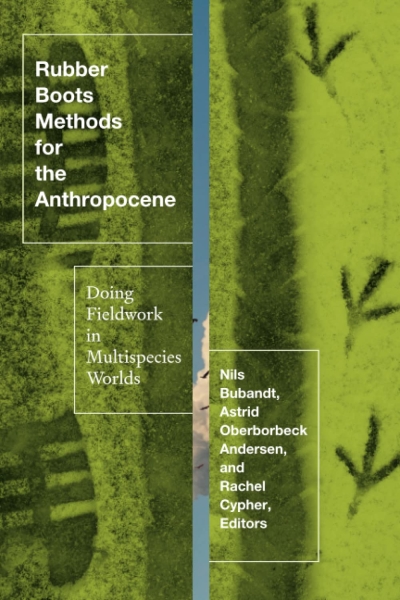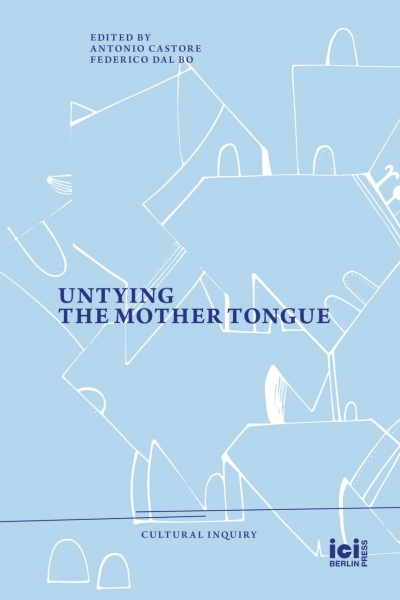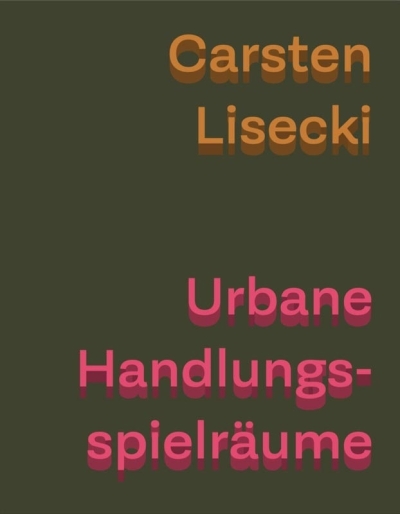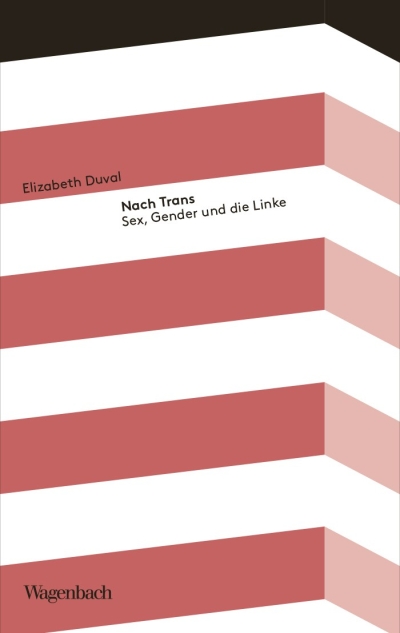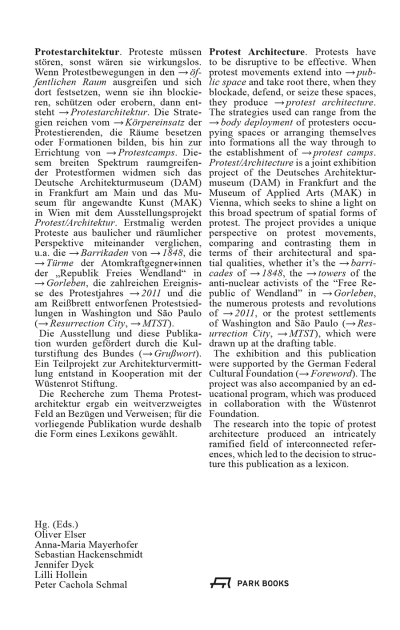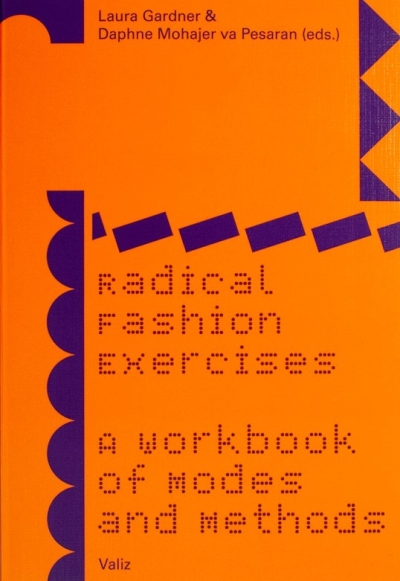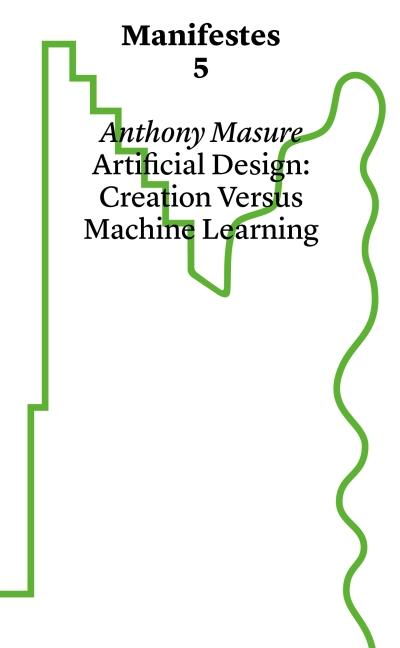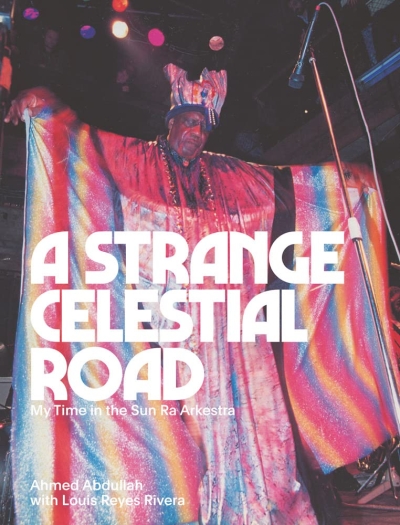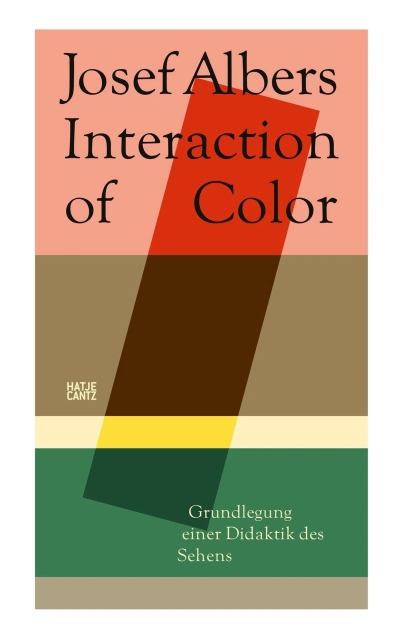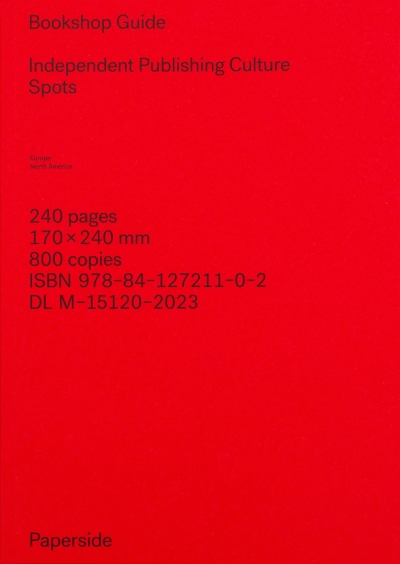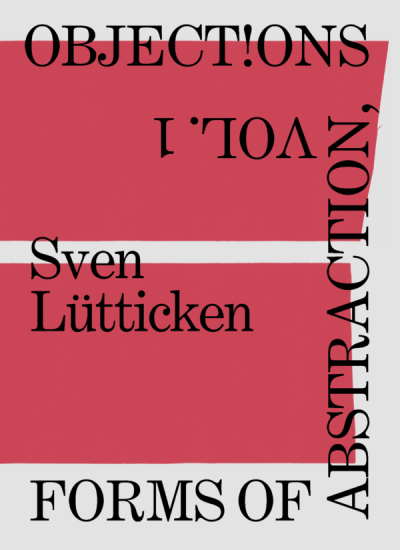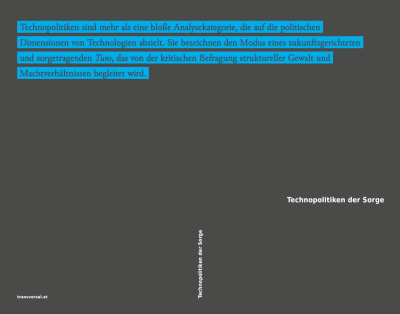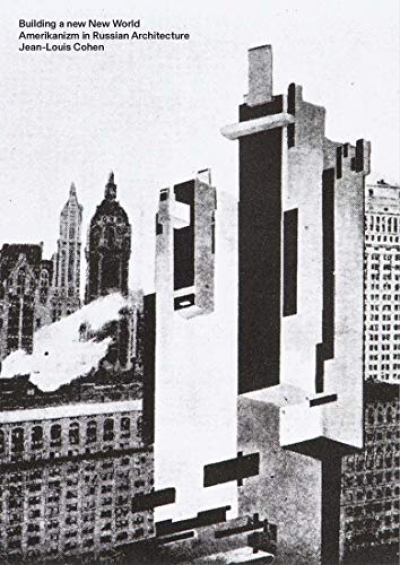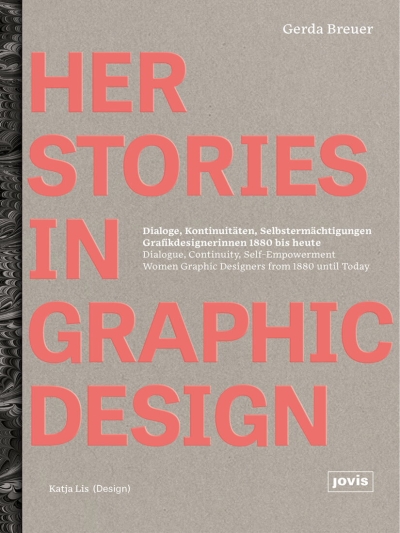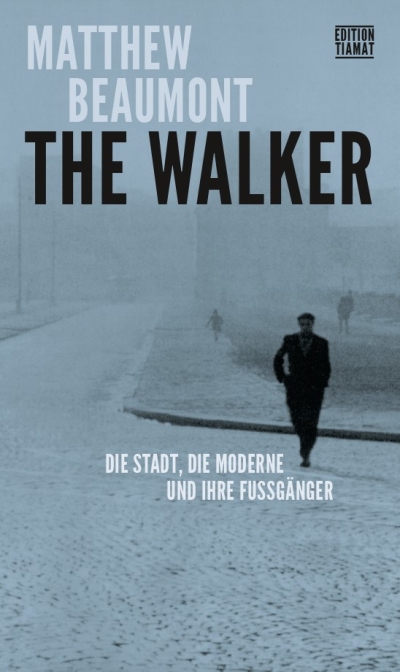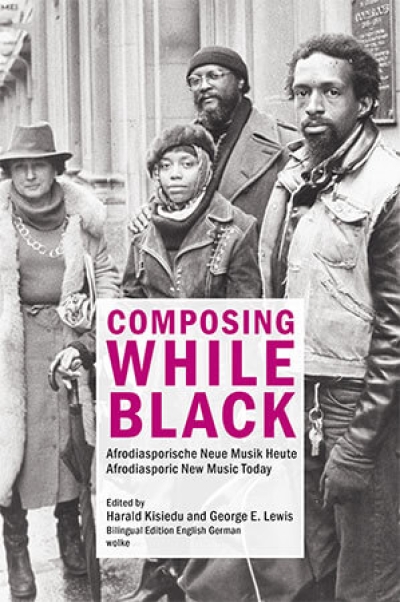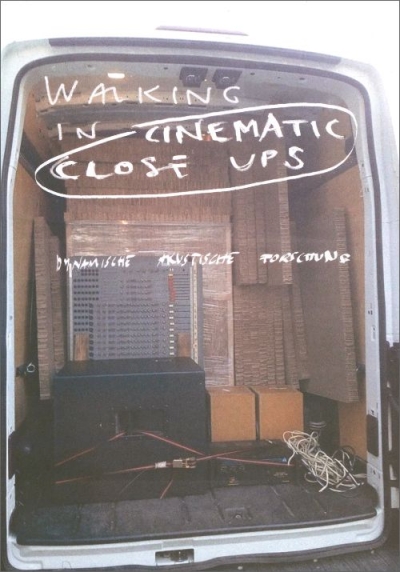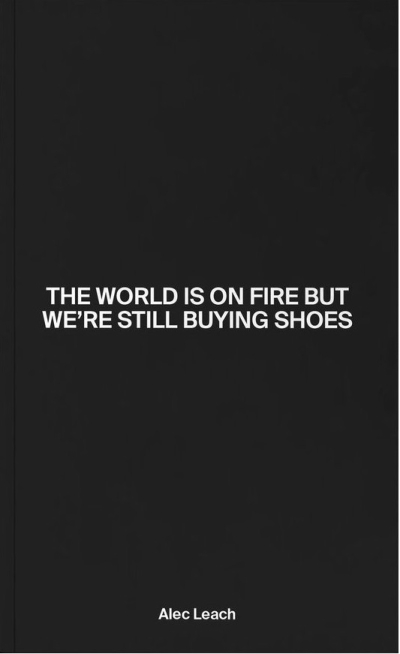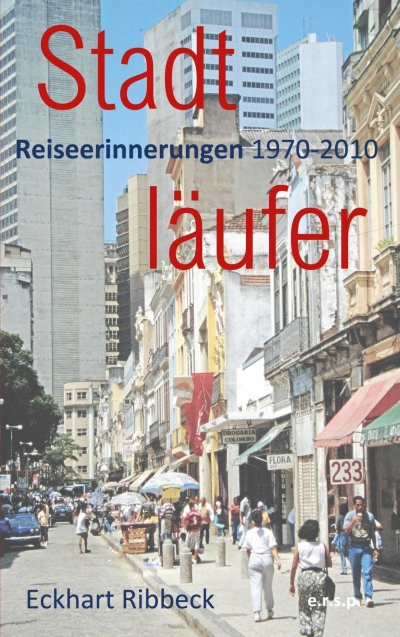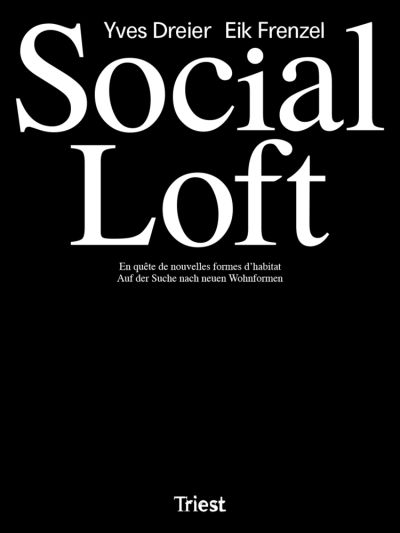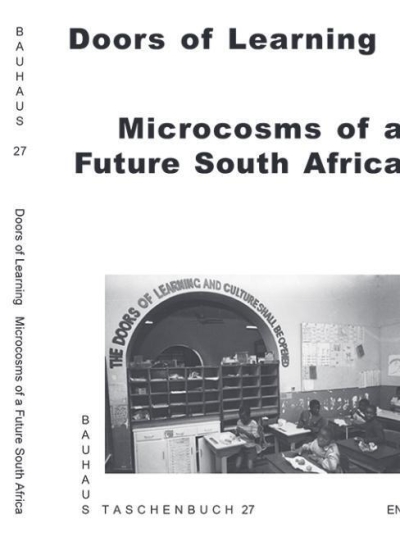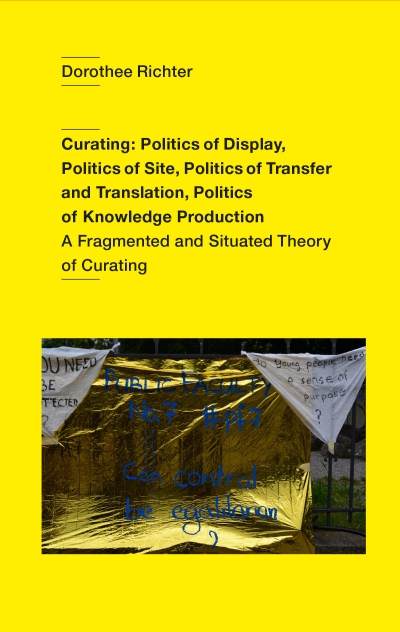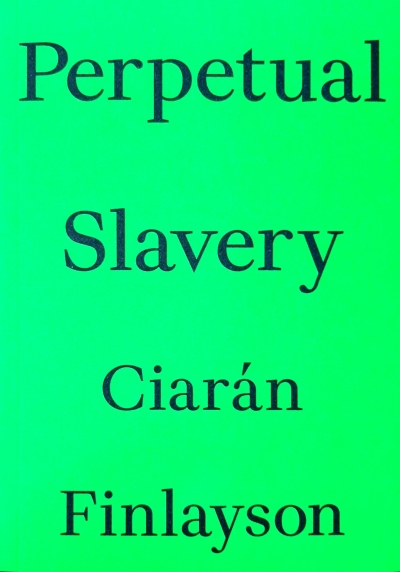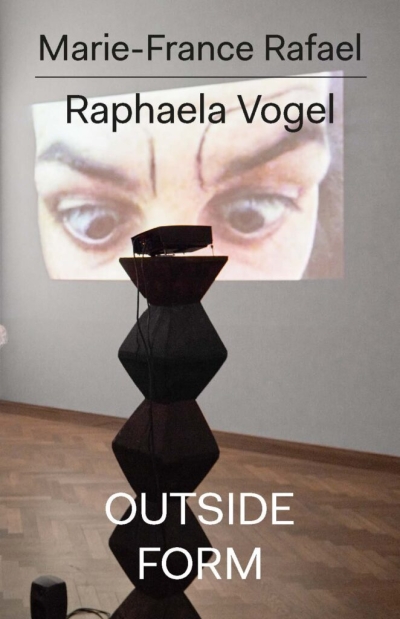
Vergessene Schulen. Architekturlehre zwischen Reform und Revolte um 1968
Mitte der 1960er-Jahre machte sich an deutschen Architekturfakultäten Unmut breit: die Ausbildung zu sogenannten „Künstlerarchitekten“ schien Studierenden und Assistenten nicht mehr zeitgemäß. Aus Protest organisierten sie selbständig disziplinübergreifende Seminare und Prüfungen. Sie verschrieben sich der Verwissenschaftlichung des Entwurfs. Während der Studentenunruhen debattierten sie über den gesellschaftlichen Nutzen von Architektur und Planung, sie erprobten Partizipationsmodelle in der Praxis. Studierende druckten Flugblätter, agitierten in verschiedenen Politgruppen und gründeten Zeitschriften. Anhand von Zeitzeugeninterviews, Archivrecherchen und Autorenbeiträgen wird ein detailliertes Panorama der heute fast „vergessenen Schulen“ entworfen. Die Herausgeber motiviert nicht nur ein historischer Rückblick, sondern auch die Aktualität zu heutigen Debatten über das Berufsbild von Planern und Architekten, sowie deren gesellschaftspolitische Verantwortung. Text: Matthias Burke, Beatrice Colomina, Hisar Ersöz, Jesko Fezer, Matthias Görlich, Nina Gribat, Eleonore Harmel, Julia Hartmann, Tanja Herdt, Leon Jank, Philipp Misselwitz, Ines Weizman Zeitzeugen: Harald Bodenschatz, Klaus Brake, Peter Conradi, Rolf Czeskleba–Dupont, Peter Dietze, Uwe Drepper, Gisbert Dreyer, Franziska Eichstädt-Bohlig, Rainer W. Ernst, Helga Fassbinder, Dieter Frick, Anette Gangler, Sigmar Gude, Lothar Götz, Sybille Heeg, Peter Herrle, Peter Hübner, Frank Huster, Declan Kennedy, François Kerschkamp, Bärbel Kirschner, Ingrid Krau, Reinhard Kuchenmüller, Nikolaus Kuhnert, Arno Lederer, Wolfgang Linsenhoff, Ingrid Lübke, Jörg Pampe, Sybille Plesch-Kinzler, Wolf Reuter, Hans-Joachim Rieseberg, Winfried Schwantes, Wolfgang Schwinge, Thomas Sieverts, Viktoria Waltz, Manfred Walz, Klaus Zillich
In the mid-1960s, there was widespread dissatisfaction in German architecture faculties: in the eyes of students and teaching assistants, the training of so-called artist-architects no longer seemed in keeping with the times. In protest, they independently organized their own interdisciplinary seminars and examinations. They committed themselves to the scientification of the architectural plan. During the period of student unrest, they debated the social uses of architecture and planning and tested participative models in practical contexts. Students printed flyers, campaigned in various political groups, and set up magazines. On the basis of interviews with contemporary observers of the scene, archival research, and contributions from authors, the book presents a detailed overview of these now almost “forgotten schools”. The editors were inspired not only by reviewing the historical events but also by the relevance they have for current debates on the professional profile of planners and architects and their sociopolitical responsibilities. Text: Matthias Burke, Beatrice Colomina, Hisar Ersöz, Jesko Fezer, Matthias Görlich, Nina Gribat, Eleonore Harmel, Julia Hartmann, Tanja Herdt, Leon Jank, Philipp Misselwitz, Ines Weizman Eyewitness: Harald Bodenschatz, Klaus Brake, Peter Conradi, Rolf Czeskleba–Dupont, Peter Dietze, Uwe Drepper, Gisbert Dreyer, Franziska Eichstädt-Bohlig, Rainer W. Ernst, Helga Fassbinder, Dieter Frick, Anette Gangler, Sigmar Gude, Lothar Götz, Sybille Heeg, Peter Herrle, Peter Hübner, Frank Huster, Declan Kennedy, François Kerschkamp, Bärbel Kirschner, Ingrid Krau, Reinhard Kuchenmüller, Nikolaus Kuhnert, Arno Lederer, Wolfgang Linsenhoff, Ingrid Lübke, Jörg Pampe, Sybille Plesch-Kinzler, Wolf Reuter, Hans-Joachim Rieseberg, Winfried Schwantes, Wolfgang Schwinge, Thomas Sieverts, Viktoria Waltz, Manfred Walz, Klaus Zillich













